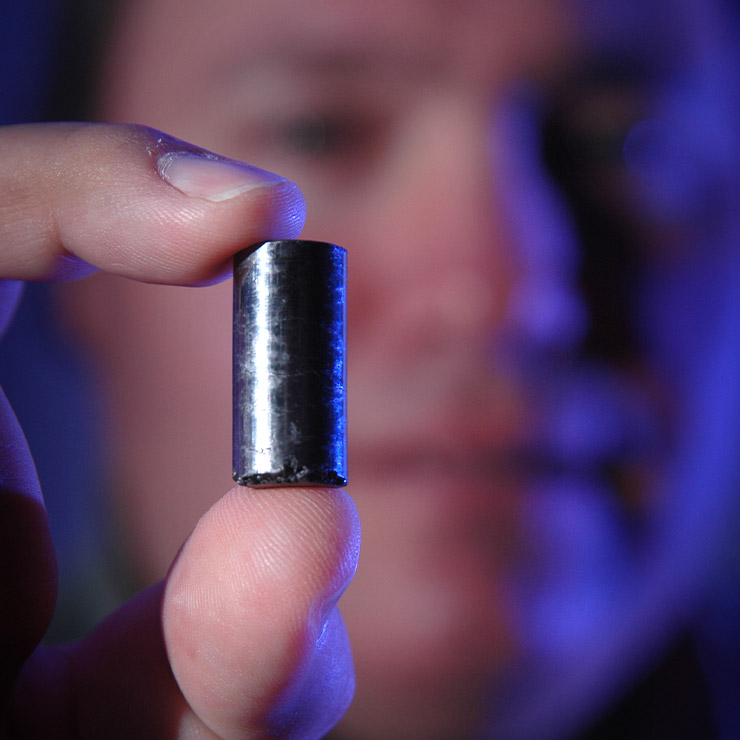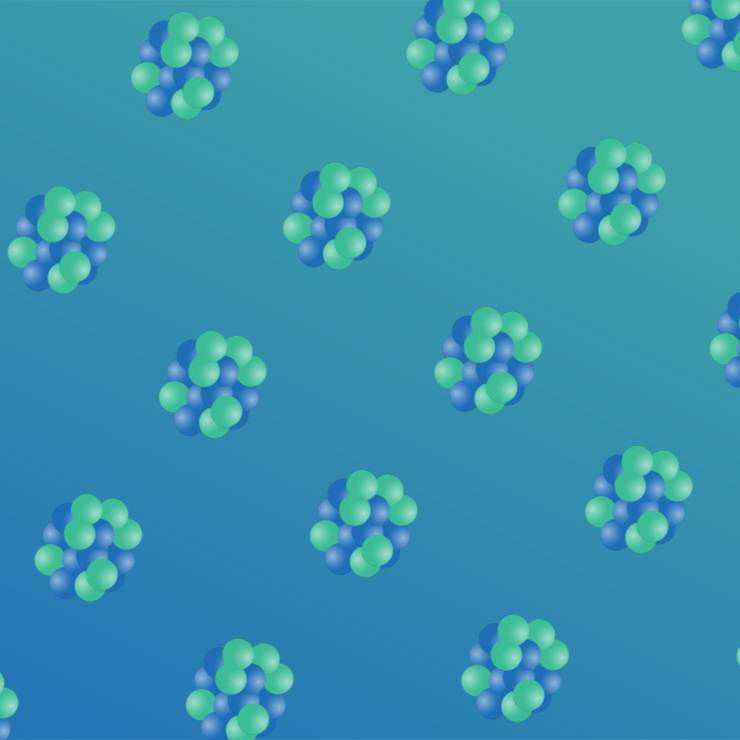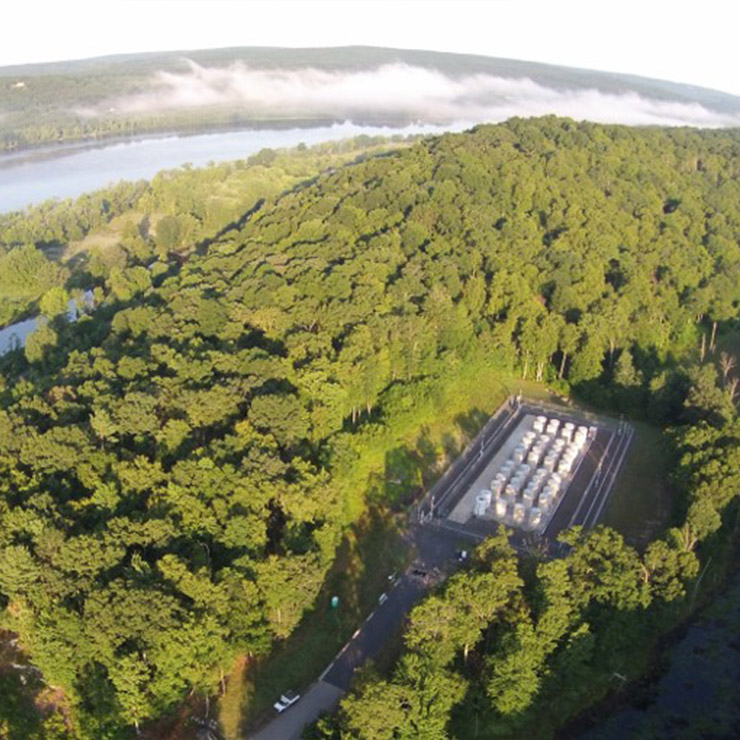Newsroom Archive

The Democratic presidential debates have opened a conversation on where nuclear energy fits into the solution on climate change. As the field of Democratic candidates begins to narrow, it’s important to set the record straight on nuclear. There are common misconceptions that you should be on the watch for as debates continue.











